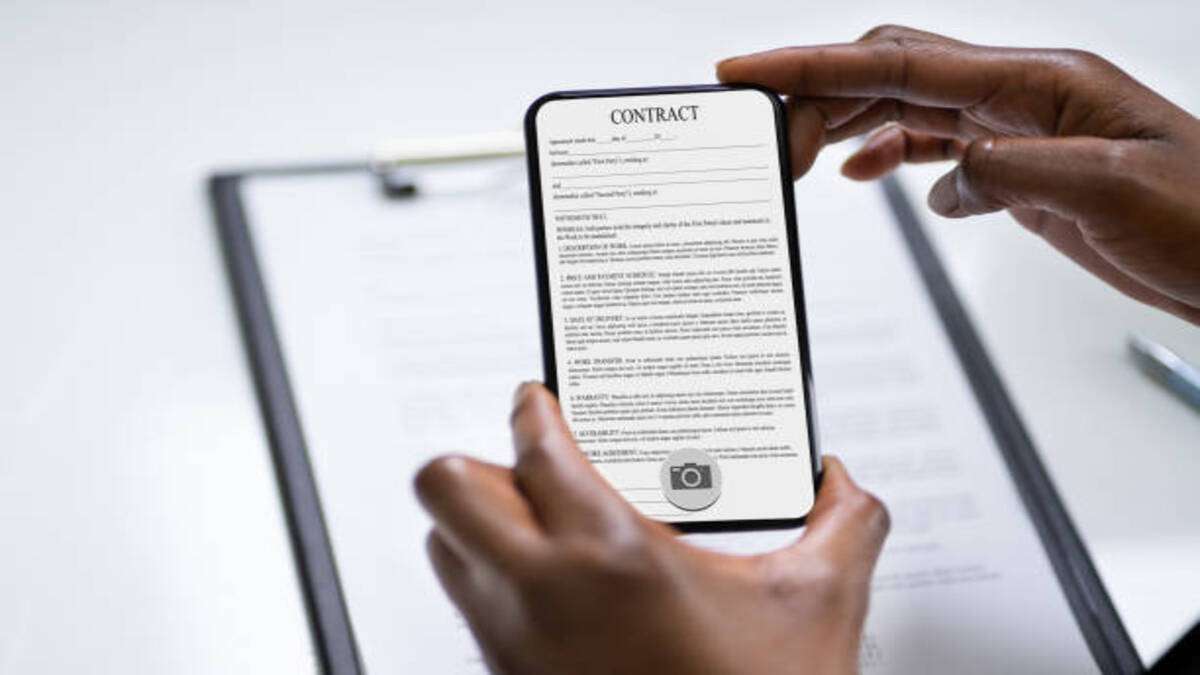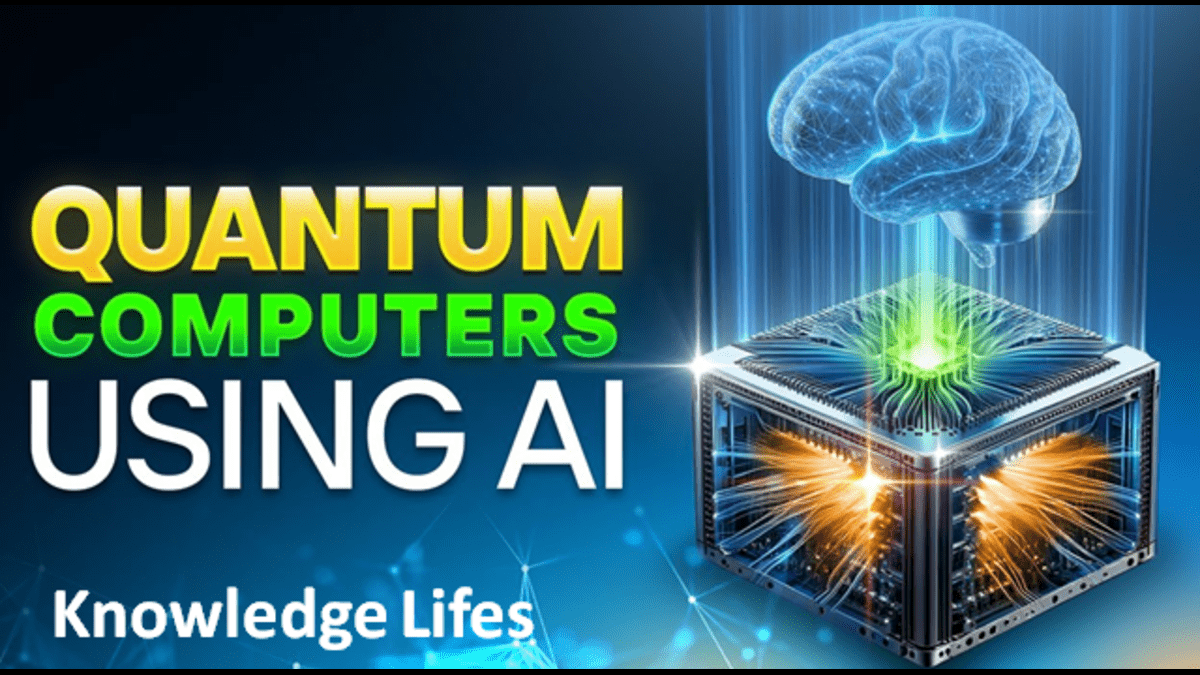Startups and large companies have started to streamline their business procedures with the help of reliable and error-free techniques. However, it has also opened the door for fraudsters and cybercriminals to take full advantage of the system’s loopholes. Thus, organizations or businesses are unable to trust other companies OCR Technology completely. Businesses always work on the principles of trust and credibility. Moreover, it is crucial to strengthen bonds with financial institutes and their services.
Companies must remember that customers will need help understanding digitization and intelligent solutions. Moreover, financial organizations should comply with AML and know-your-customer standards and manage customers’ data using OCR technology for accurate data extraction systems.
How Does OCR Work?
OCR software uses a range of strategies or tactics to achieve a particular objective. OCRs often function in a single way, despite the fact that the technicalities and variants of pattern recognition might be scary and complex. OCR frequently starts by examining the image’s composition and dissecting the page into its individual elements, such as text blocks, tables, images, etc. Following that, lines are split from words, and then characters. When specific characters are recognized, OCR compares them to a set of previously pre-programmed pattern images. After carefully weighing all of the available options, OCR refines its theories and shows you the recognized text.
How do Businesses Use OCR?
OCR software has a far wider range of uses than you might initially think. One of those technologies that offer additional benefits the more you think about it. It is clear that it is employed to streamline data input processes, arrange information, and save time, space, and paper. Without actually reading everything, you may use it to search through a lot of information. It makes word processing for editing documents possible. Large amounts of compressed data can also be sent over email. By optimizing data collecting, the amount of time it takes a UAE organization to file an application for UAE group health insurance can be significantly reduced. There are numerous advantages to using OCR in conjunction with text-to-speech software, including the ability for blind individuals to engage with the material by having it read aloud to them.
OCR Technology – A Quick Overview
Optical character recognition technology can convert digital and textual data, both printed and handwritten, into readable format. Online industries can use advanced systems to capture customers’ information or data from documents like driving licenses and ID (Identity) cards. Furthermore, the system stores these details in electronic forms for the future.
3 Fundamental Procedures of OCR Screening
The three effective procedures for the program are as follows:
1. Pre-Processing of Pictures
The process first turns the paper-based documentation into an image identical to a record picture—moreover, this stage targets producing an accurate machine representation while eliminating unwanted aberrations.
- The character transforms into black and white color and differentiates between brilliant and dark sections (characters).
- The image is separated into separate or particular elements using OCR scanning services, like texts or insets.
2. AI Character Recognition
Artificial intelligence checks and monitors the picture’s shaded or darker points to capture characters and numbers. However, it sometimes uses one of the following tricks to target a single letter, word, or phrase.
- Pattern Recognition
ML and artificial intelligence systems offer training using a variety of languages, text designs, and, most importantly, handwriting. Moreover, the system makes comparisons of the letters with the newly captured letter image and saves it as a backup.
- Character Recognition
The system applies tools according to character features and recognizes special characters, such as curving quantity, intersection, or angled lines.
It also applies criteria to recognize original characters—for example, angles, crosses, and bending lines.
3. Post-Processing
During post-processing, artificial intelligence resolves all the errors in the final document. It only allows specific words, letters, and forms to be the outcome and ensures nothing goes beyond the limit.
Applications of AI-Powered OCR Compliance
Due to OCR’s variety of uses, it might benefit every company having paper-based documentation. Here are some OCR application examples:
Word Processing
The first and best text recognition app for optical character recognition is word processing. Printed sheets can be captured, scanned, and edited. ML and artificial intelligence allows the conversion and ensures 100% accuracy.
Legal Documentation
This process includes essential and approved legal documentation, such as loan documents, scanned, and saved in an electronic backup for instant access. Moreover, several authorized people can view and check these documents.
Banking
The AI-powered OCR technology automatically reviews assessments to take mobile images from the front and back to verify the amount and the bill’s authenticity.
How Beneficial is an OCR Screening?
An OCR solution’s integration helps extract the records and information on Machine Readable Zone (MRZ). For instance
- Alphabets
- Spaces
- Special characters
Passports contain these codes on their bottom half and help facilitate customer record comparison examinations. Let’s discuss the benefits of optical character recognition technology.
- AI-Powered Solutions Help Achieving Targets
The accuracy and effectiveness of machine learning-based optical character recognition systems are far superior to the data extraction solutions with outdated and traditional mechanisms in the industry. So, to achieve unique goals, organizations must utilize OCR scanning solutions.
- Stops Cyberattacks and Fraud Attempts
The integration of OCR systems provides companies with complete control over a user’s details by converting files into .xlsx. This method also helps to streamline and maintain the record and allows organizations to lower the manual paperwork. Hence, it eliminates the wastage of paper and expenses.
- Cost Reduction and Zero Manual Efforts
The OCR compliance systems enhance the company’s workflow, reduces manual work, and allow them to achieve targets with zero human errors. Companies can also streamline their capital effectively and maturely with intelligent systems. Hence, it will enhance customers’ experience and increase their trust level.
Conclusion
Modern organizations must implement intelligent systems to get authentication outcomes quickly. Moreover, advanced OCR screening services help companies generate good-quality results with the help of smart electronic devices.
Systems advancement allows organizations to attract customers and scale in the market. The optical character recognition system detects pictures with bad lighting. Thus, the OCR technology extracts data from multilingual, making it an accurate and secure solution.



